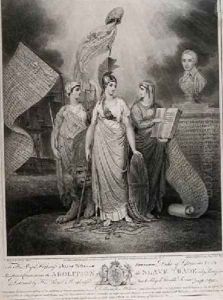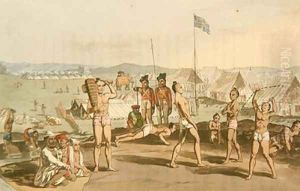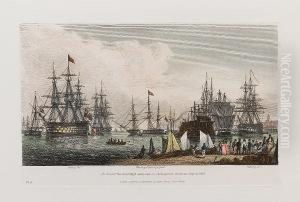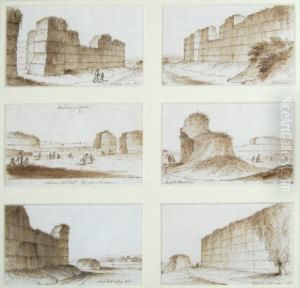Henry Moses Paintings
Henry Moses was a notable British engraver and draughtsman, born in 1782. His work made significant contributions to the art of engraving in the 19th century, a period marked by rapid advancements in printing technology and the proliferation of illustrated publications. Moses' career spanned several decades, during which he developed a reputation for his exquisite engravings that captured the fine details of paintings, sculptures, and decorative arts.
Moses was particularly renowned for his ability to translate the works of ancient and contemporary artists into engravings with remarkable fidelity. This skill made him a valuable contributor to the dissemination of artistic knowledge and appreciation during his time. He was involved in numerous projects that aimed to make art accessible to a broader audience, including the production of illustrated books and periodicals.
Among his notable works were a series of publications that focused on classical antiquities and contemporary art. These publications were instrumental in educating the public about the artistic heritage of ancient civilizations and the latest developments in the art world of 19th-century Britain. Moses' engravings were not only appreciated for their educational value but also for their aesthetic qualities, showcasing his mastery of the engraver's art.
Despite his contributions to the field of engraving and the arts, Henry Moses remains a relatively obscure figure in the history of art. His work, however, continues to be of interest to collectors, scholars, and enthusiasts of engravings, serving as a testament to the skill and dedication of engravers in the 19th century. Moses passed away in 1870, leaving behind a legacy that endures through his detailed and delicate engravings.




